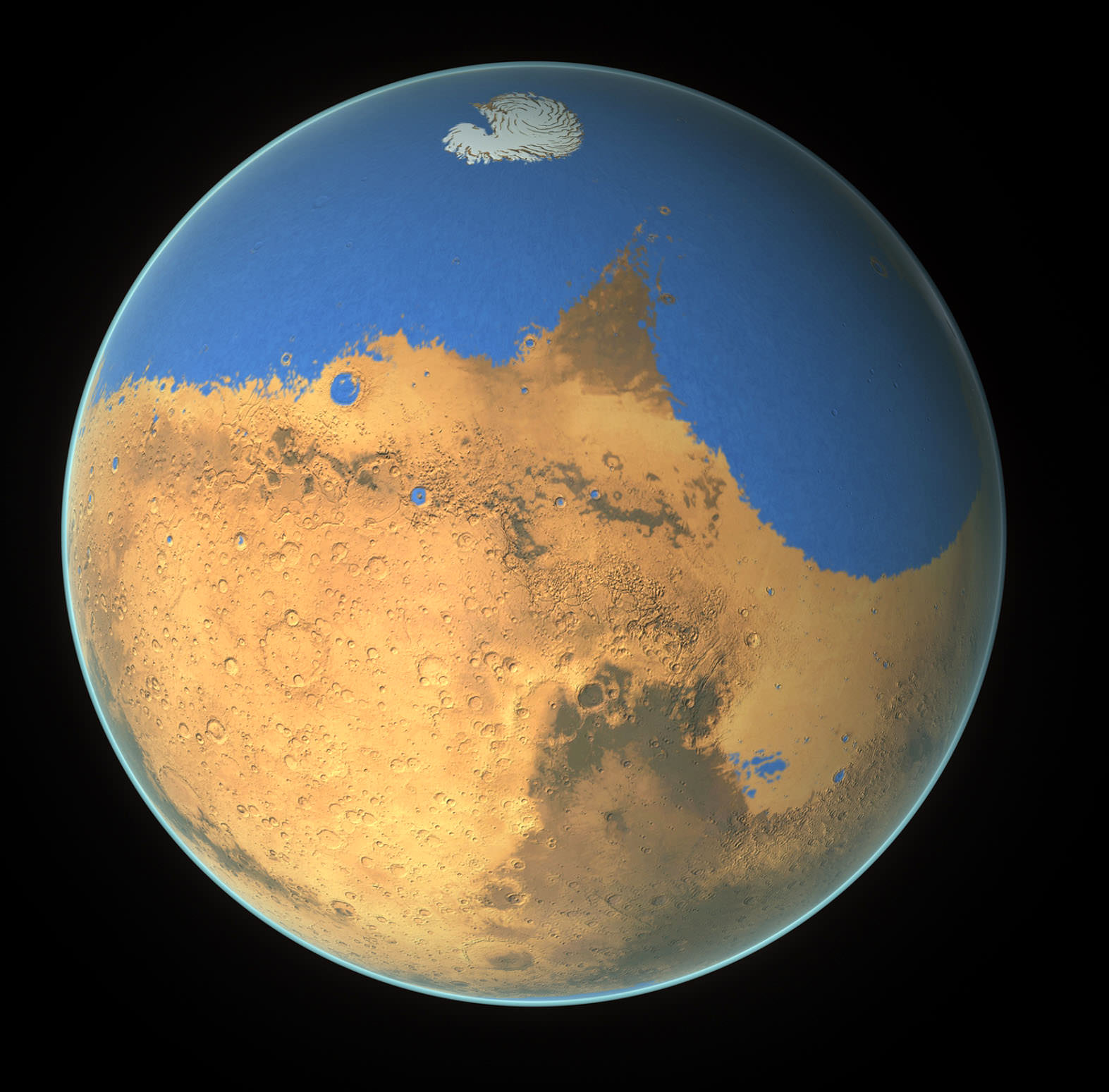11 million years ago, Mars was a frigid, dry, dead world, just like it is now. Something slammed into the unfortunate planet, sending debris into space. A piece of that debris made it to Earth, found its way into a drawer at Purdue University, and then was subsequently forgotten about.
Until 1931, when scientists studied and realized it came directly from Mars. What has it told them about the red planet?
Continue reading “What a Misplaced Meteorite Told Us About Mars”









